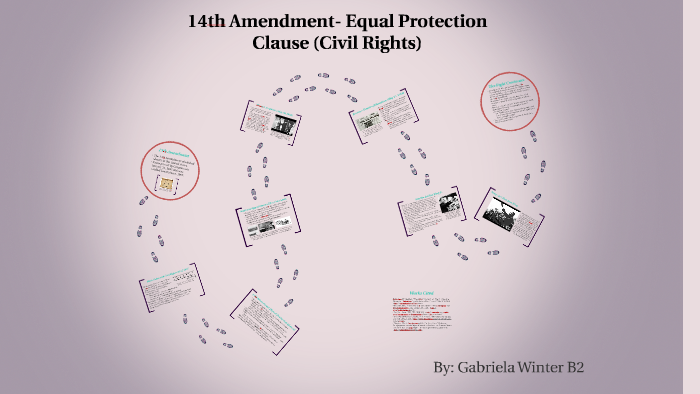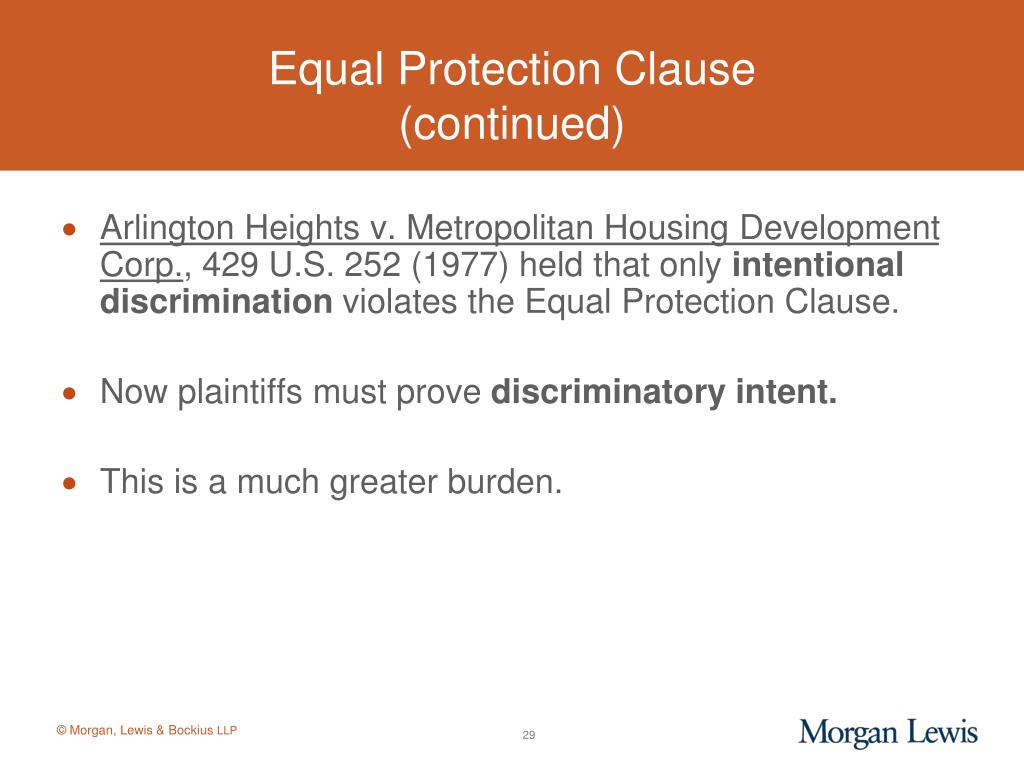
Twenty-five years later, in the United States v. Reed set precedent when the Court applied the Equal Protection Clause of the Fourteenth Amendment to unanimously strike down a law that discriminated against women. Supreme Court has consistently ruled for decades that the Equal Protection Clause of the Fourteenth Amendment protects women from unequal treatment under the law. In 1971 - one year before the first resurgence of the ERA - Reed v. Here’s why: The ERA’s Redundancy: Existing Protections for Women To clamor for the ERA, breathlessly painting women as victims who need their own Constitutional Amendment, while Vice President Kamala Harris stands one breath away from becoming President of the United States, is laughable.

Just two years later, Congresswoman Geraldine Ferraro became the first woman on a major party presidential ticket. Sandra Day O’Connor had become the first female U.S. Women had held a presidential cabinet position, sat on a federal court bench, headed a political party, and more. When the ERA hit the second deadline without reaching the 38 state ratification requirement in 1982, it had lost much of its urgency.

Following the momentum of the equal rights movement, amending the Constitution to affirm those achievements would have radically changed women’s standing in society.īut even without the ERA, women had made great strides by the time the effort resurfaced in 1972. Women had just won the right to vote three years prior, and the first woman to serve in Congress was elected just three years before that. The Equal Rights Amendment made more sense in 1923. In Name Only: The Inequality of the Equal Rights Amendmentīy Cathi Herrod – President, Center for Arizona Policy The Growing Power of Women They have generously shared this content with us see original piece by Cathi Herrod and Sean Fischer here.

They publish written debates between individuals who disagree in order to demonstrate productive civil discourse and bipartisanship. Divided We Fallis a non-profit news publication working to provide bipartisan dialogue for the politically engaged.


 0 kommentar(er)
0 kommentar(er)
